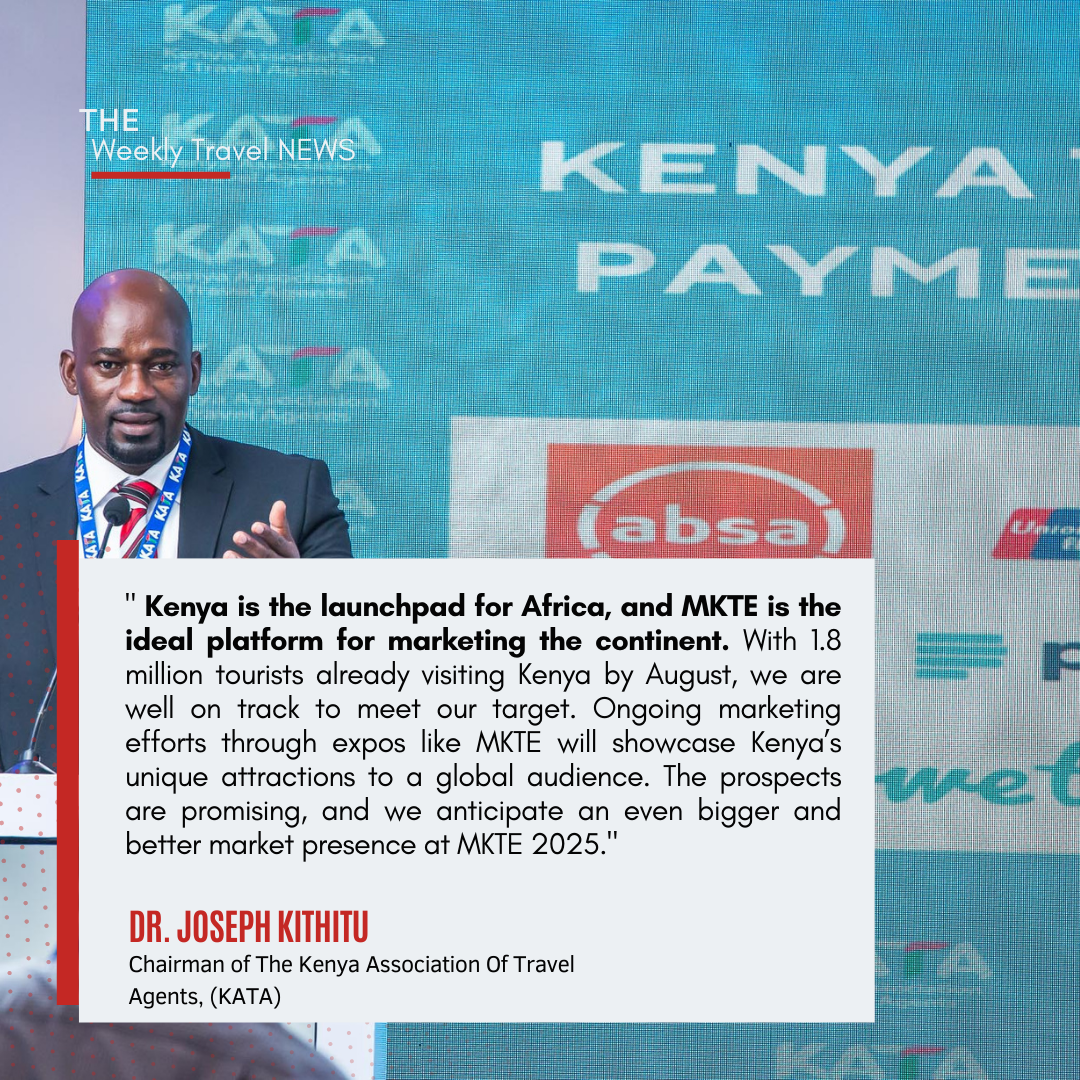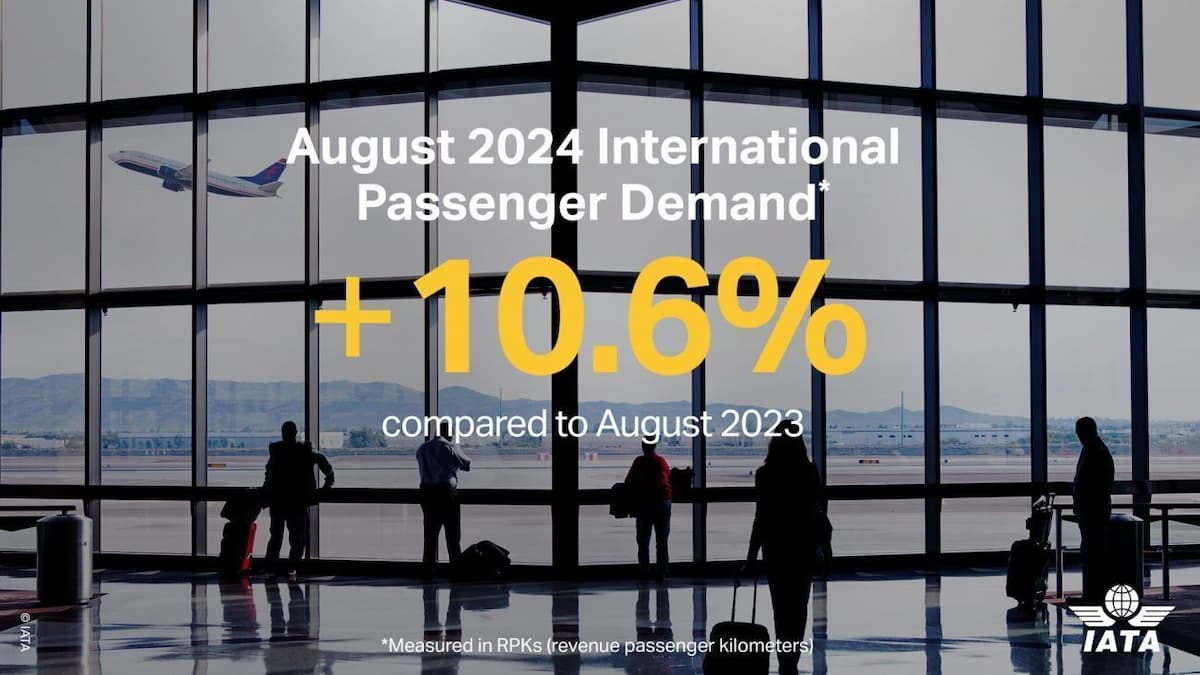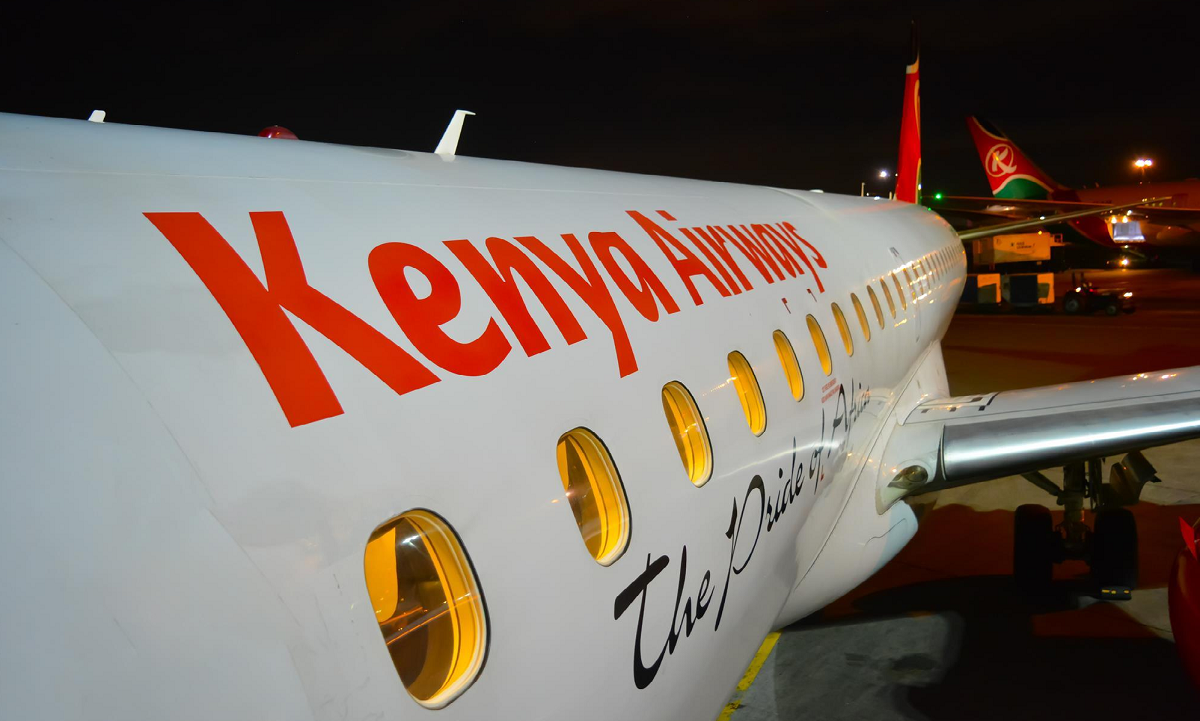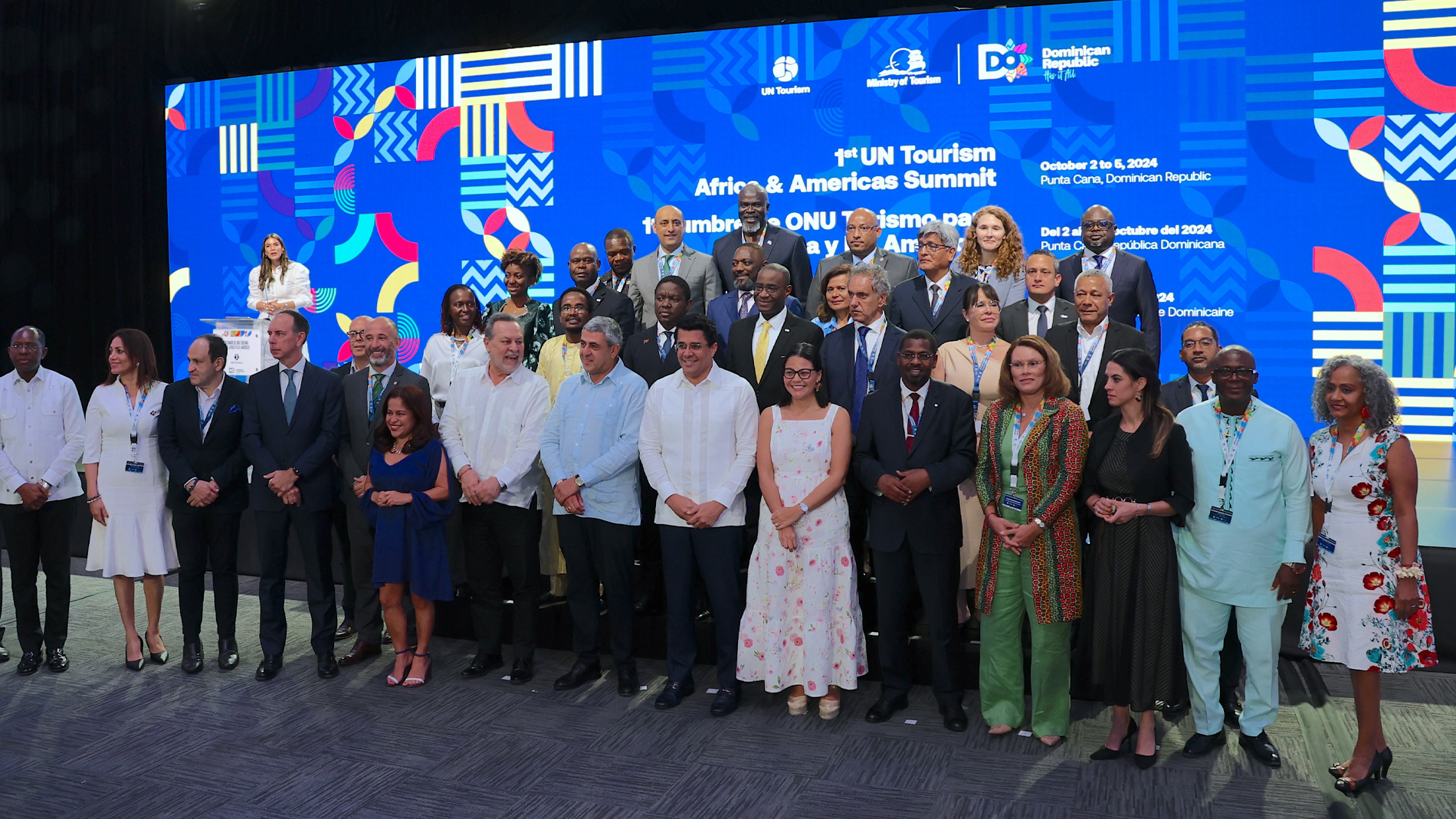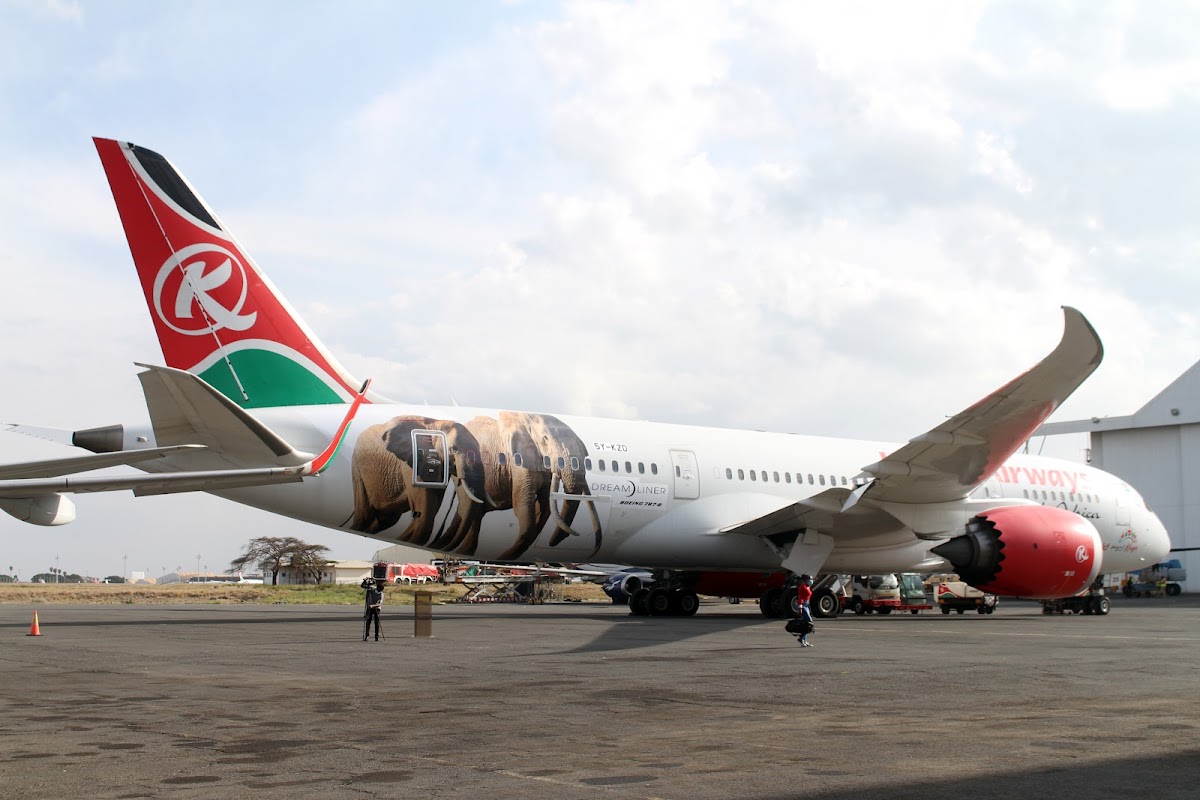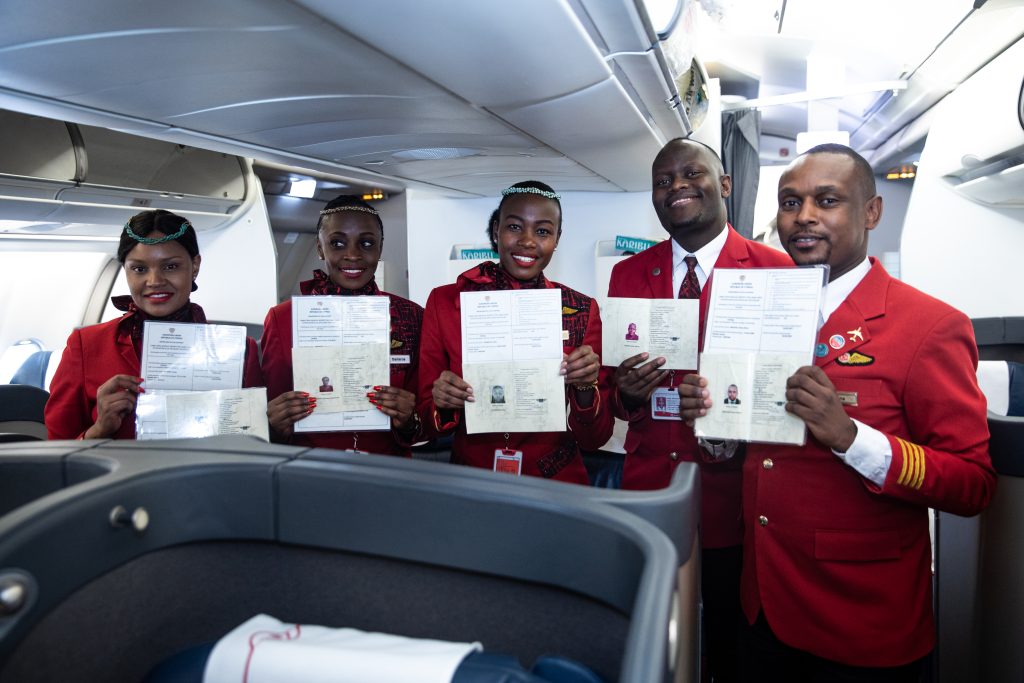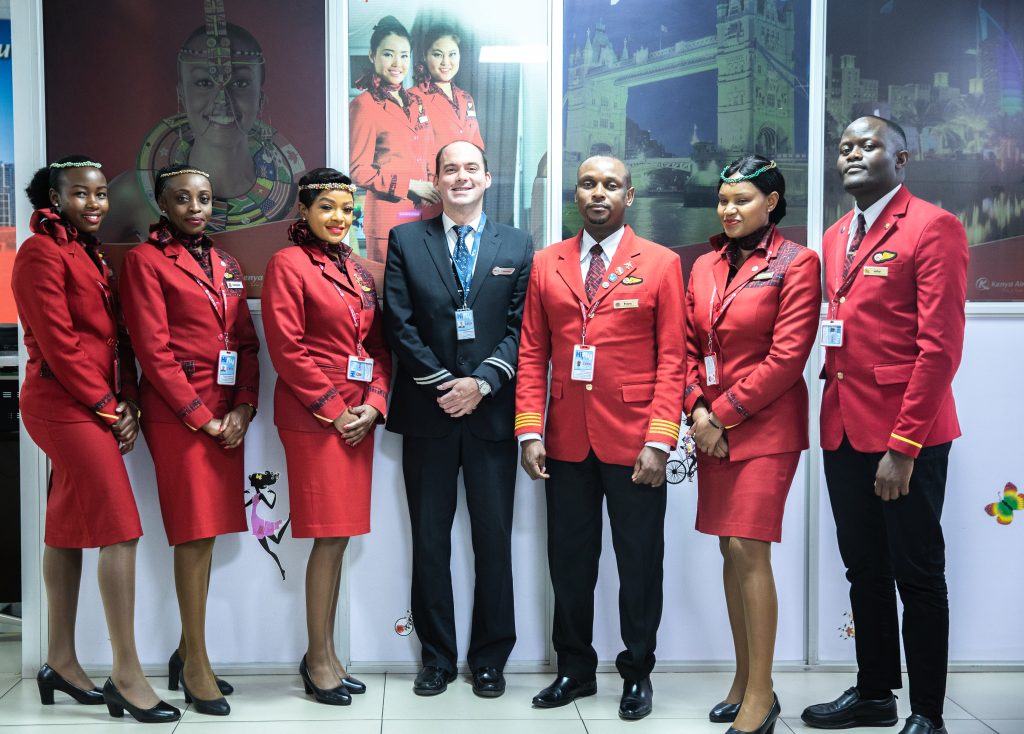The spotlight was on Africa’s tourism elite as the World Travel Awards Africa Gala Ceremony 2024 unfolded at the stunning Diamonds Leisure Beach & Golf Resort, Diani Beach, Kenya. The event brought together leaders and innovators from across the continent to celebrate the travel and hospitality organizations setting new standards for excellence and innovation in the industry.
Tanzania emerged as a standout winner, taking home multiple prestigious titles. The nation was crowned ‘Africa’s Leading Destination,’ with the Tanzania Tourist Board receiving the honor of ‘Africa’s Leading Tourist Board.’ Among Tanzania’s natural treasures, Serengeti National Park was named ‘Africa’s Leading National Park,’ and the majestic Mount Kilimanjaro was awarded ‘Africa’s Leading Tourist Attraction,’ cementing Tanzania’s reputation as a must-visit destination for adventure seekers and nature lovers alike.
In the highly anticipated newcomer categories, Angama Amboseli, an opulent tented lodge nestled in Kenya’s Kimana Sanctuary, was recognized as ‘Africa’s Leading New Hotel.’ Meanwhile, Morocco’s St. Regis La Bahia Blanca Resort, located in the idyllic Tamuda Bay, earned the title of ‘Africa’s Leading New Resort.’
Kenya also had a reason to celebrate as Diani Beach was once again recognized as ‘Africa’s Leading Beach Destination,’ further solidifying its appeal to both international and local travelers. The capital city, Nairobi, was awarded ‘Africa’s Leading Business Travel Destination,’ while the luxurious Fairmont Mount Kenya Safari Club secured the accolade of ‘Africa’s Leading Hotel.’ Additionally, Somerset Westview in Nairobi was honored as ‘Africa’s Leading Serviced Apartments.’
The coastal city of Durban continued its ascent as a top business destination, earning the title of ‘Africa’s Leading Meetings & Conference Destination.’ Meanwhile, the Port of Cape Town was recognized as ‘Africa’s Leading Cruise Port,’ a testament to its growing significance in the maritime and tourism sectors.
Andrew Cook, General Manager of Diamonds Leisure Beach & Golf Resort, expressed pride in hosting the prestigious event, stating that it was a monumental occasion for both the resort and Kenya’s burgeoning hospitality industry.
In the aviation sector, Kenya Airways soared high, clinching awards for ‘Africa’s Leading Airline’ and ‘Africa’s Leading Airline – Business Class.’ Nairobi’s Jomo Kenyatta International Airport further added to Kenya’s aviation accolades by being voted ‘Africa’s Leading Airport.’
Travel agencies also took center stage, with Satguru Travel securing multiple wins, including the title of ‘Africa’s Leading Leisure Travel Agency,’ underscoring its commitment to delivering top-tier travel experiences across the continent.
The World Travel Awards Africa Gala Ceremony 2024 was a dazzling celebration of Africa’s tourism excellence, with winners from across the region showcasing the best that the continent has to offer. As these leaders continue to push the boundaries of hospitality and travel, Africa’s global standing as a premier tourism destination is set to reach even greater heights.
Source: Travel and Tour World





